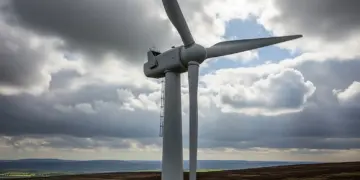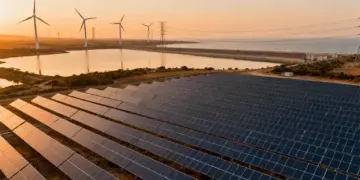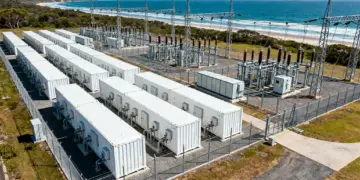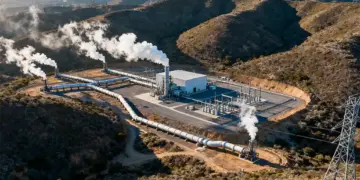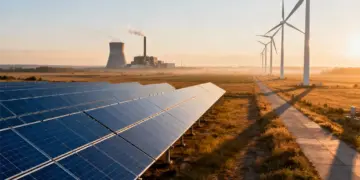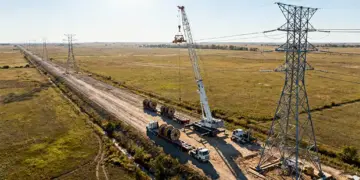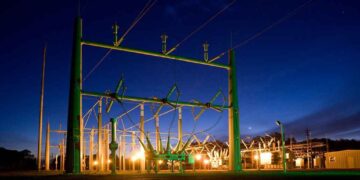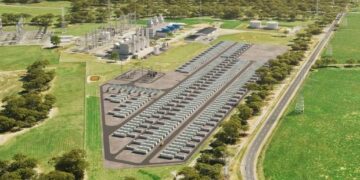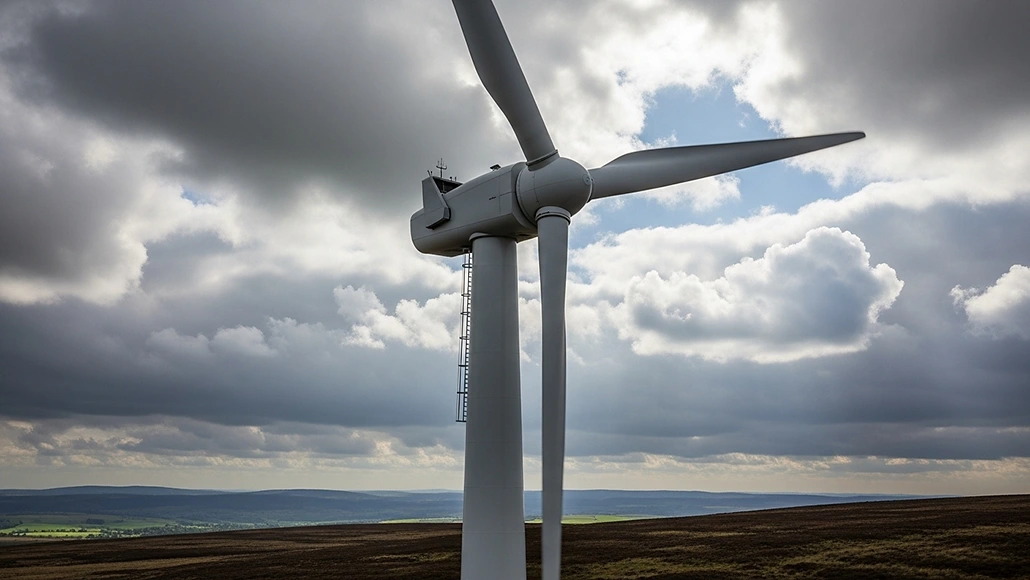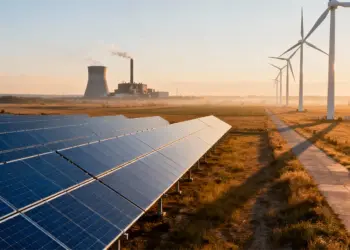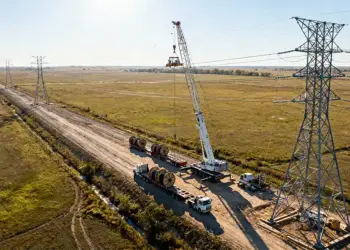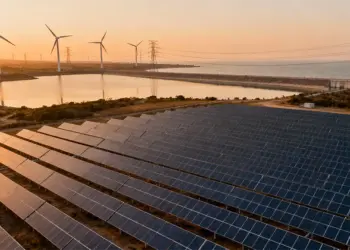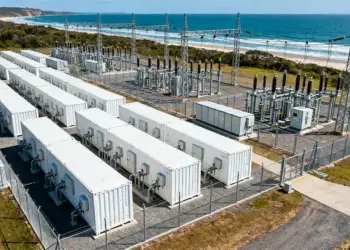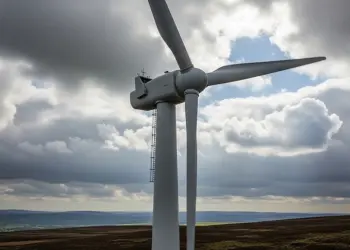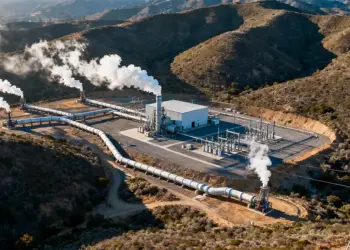Experts within the new report on the power generation market by Montel Analytics in Britain have expressed that renewable power generation in Britain has gone on to reach a historic third-quarter high in the three months to the end of September 2025.
Apparently, in Q3 of 2025, renewable power generation in Britain, including the likes of biomass, grew to 31.9 TWh, which happens to be the highest total that is observed for any Q3 period and marks an increase that was propelled due to high levels of wind as well as solar output.
It is well to be noted that wind generation amounted to 17.7 TWh, which is the highest third-quarter output in the records of Montel from 2014 and also a 6% increase on Q3 2024. In spite of the frequent dips seen across the quarter, the growth still took place, especially in September 2025, when high winds coincided with the low demand, therefore leading to many hours of negative electricity prices.
Solar generation comprised 6.2 TWh, which happened to be the second-highest quarterly output ever since Montel’s records started to appear in 2014, and a growth on the 4.7 TWh recorded in Q3 2024. The rise was because of the summer sunshine as well as heatwaves that were observed in early July and mid-August of 2025.
Apparently, the combination of higher renewable power generation in Britain along with subdued demand decreased the role of gas-fired generation within the GB power mix. The 15.4 TWh that was produced by CCGT-fired plants happened to be slightly higher as compared to the Q3 low of 13.8 TWh that was recorded in Q3 2024; however, it was 25% lower vis-à-vis Q3 of 2023, where the output touched 20.5 TWh, underscoring the impact of high renewables output that displaced the fuelled generation from the power mix.
The 7.8 TWh generated through nuclear units happened to be the lowest third-quarter output since 2014, as many reactors were offline due to maintenance as well as refueling.
Renewables comprised 51% of the overall power mix of Britain in Q3, with gas at 24%, imports at 13%, and nuclear accounting for 12% making up the rest.
The director at Montel Analytics, Phil Hewitt, said that high levels of renewable power generation in Britain happen to be symptomatic of a long-term commitment in order to produce more power from the clean sources. Wind output would as well have been even higher had there not been so many curtailments throughout the quarter. Because of high levels of renewable generation, the need for gas-fired generation was decreased. Q3 followed the anticipated seasonal trend, with warmer temperatures easing the system demand pressures and also contributing toward lower gas and electricity prices than what was seen in Q2. The stable price environment is anticipated to continue into Q4 of 2025, barring any kind of escalation within the geopolitical tensions, especially in the Middle East, which could also push the gas prices much higher.
Hewitt further said that the reports also go on to indicate that gas storage levels throughout Europe now happen to be in their final refill stages ahead of the winter. But the forecasts suggest the probability of below-normal temperatures taking place during the winter months, which are driven due to emerging La Niña conditions. It is well to be noted that a La Niña event typically takes place every 3 to 5 years and may as well bring a colder-than-usual winter to Britain as well as other parts of Europe. This could grow the demand and also speed up the storage drawdowns, thereby adding upward pressure on the wholesale electricity prices. But this is the potential start of La Niña, which may as well fizzle out since it appears weak at present.


